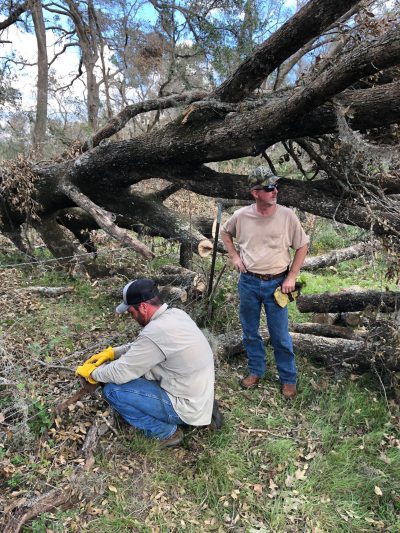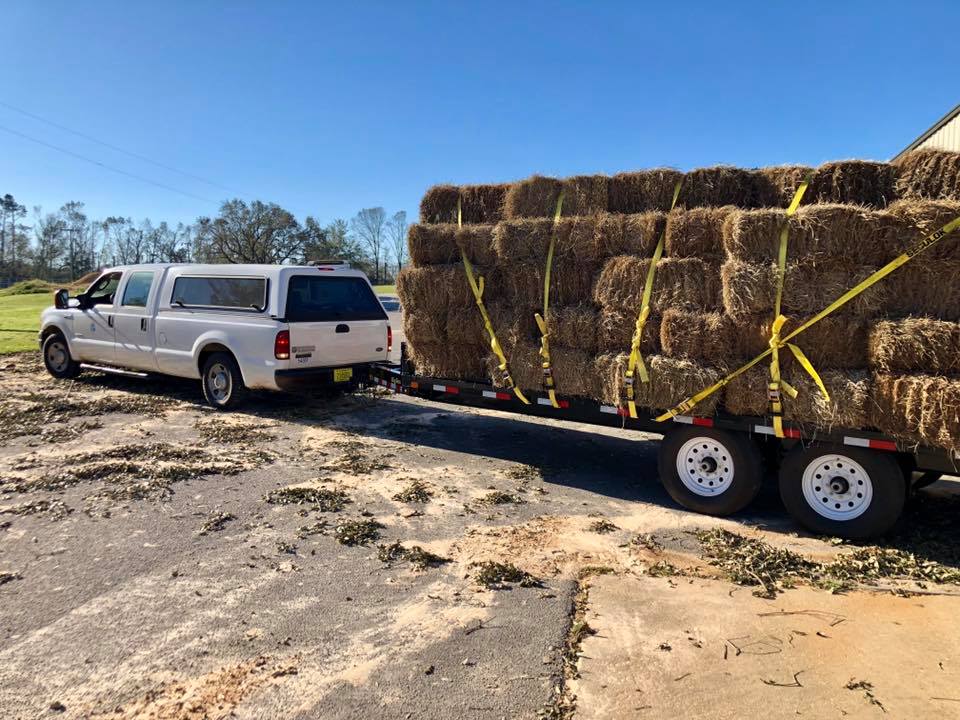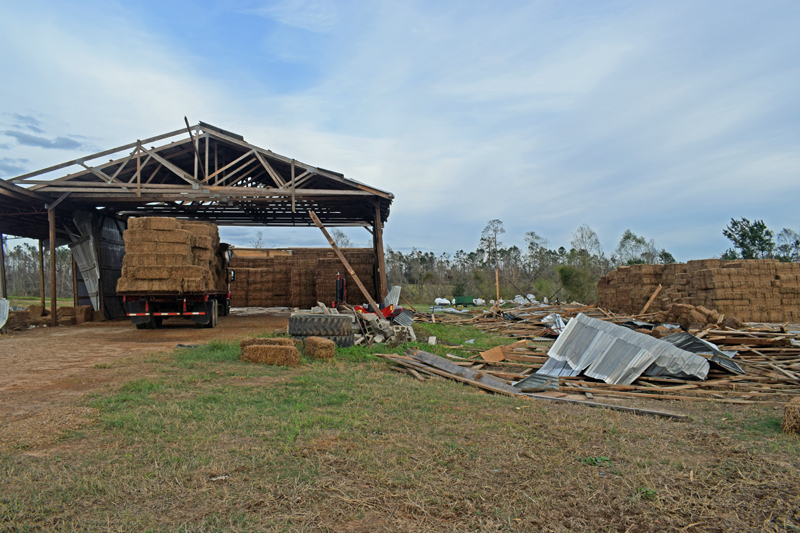Living and working on a farm or cattle ranch offers many obstacles and opportunities to grow, change, and develop. Many farmers and producers, however, live under constant stress and anxiety of how and when decisions need to be made and the lasting effect it will have on their operation and family. Nothing could be truer than when mother nature sends powerful storms across our areas and you must bear the results of nature’s wrath. If you’ve recently traveled across Interstate 10, in the Panhandle of Florida, for roughly 100 miles between Tallahassee and Bonifay, it’s easy to see that mother nature has changed the landscape in that area forever. Hurricane Michael made landfall on October 10th and continued across the northwest section of Florida as one of the most powerful storms to ever make landfall in our country’s history. This storm affected areas known for beautiful beaches, golf resorts, and summer vacationers, but it also hit one of the more rural, agricultural sections of our state.

Extension agents and volunteers help producers repair fence damaged by Hurricane Michael. Credit Nick Simmons, UF/IFAS
I’ve seen first hand the destruction Hurricane Michael has caused to the agricultural communities in the affected counties. Miles of fence lines have 100-year-old live oaks draped across them with other sections of land having only the bottom half of once dense pine trees. Areas where cattle were once grazing are now laden with branches, power lines, sheet metal and small pieces of equipment. As water tanks emptied due to the lack of electricity, animals began to desperately find places to seek shelter and water usually running down county roads and highways. Some animals were tragically killed from structures or trees falling, or they were severely injured, and were forced to be euthanized. Producers were faced with these challenges all the while trying to find help to remove the 70 ft. pecan tree that lays across their home.
But the determination and spirit of many cattle producers, Extension faculty, local communities and towns were not taken down by Hurricane Michael. In fact, within a day or two, neighbors, agents, and fellow cattlemen showed up with chainsaws, tractors, barbwire, fence posts and much more to help affected producers. Trailer loads of hay, feed, water tanks, fence materials, and human supplies started arriving once roads were safe to pass. Extension agents from all program areas pitched in to help tarp roofs, stretch wire, cut away trees from homes, barns and fences. Water was brought in to disperse for both animals and people. Local cattlemen’s groups banded together to bring much needed supplies to help repair boundary fences and patch barns for safe use. Amid all this, one could see that a producer, who had lost everything and really did not know where to start, begin to take a deep breath of relief. I looked on as fellow producers put an arm around their friend and said, “We will get through this together.”

Extension Agents and volunteers help deliver needed supplies to livestock producers after Hurricane Michael
This was a natural disaster that will be remembered for years to come. The stress level can be overwhelming at times but remember there is help available to aid you through this difficult time. There are resources available to assist your recovery efforts.
- Your local Emergency Management Service: ESF 17 Animal & Ag response
- UF/IFAS Extension county offices
- Your local cattlemen’s association communicate with the Florida Cattlemen’s Association
- USDA Farm Service Agency
- FEMA
- American Red Cross: can provide stress counseling for affected persons
- Local churches
Please reach out to these groups to help you through this difficult time.
Recovery from Hurricane Michael will take months and years to replace what has been destroyed. Producers face many tough decisions ahead, but with the help of so many Florida cattle ranchers, Extension Agents, friends and neighbors, the Panhandle of Florida will rebuild.
- Managing Lice on Cattle - February 28, 2025
- Nutritional Demands of Beef Females Through Various Production Stages - September 6, 2024
- Recap of the 2024 Panhandle Small Ruminant Nutrition Workshop - March 15, 2024

